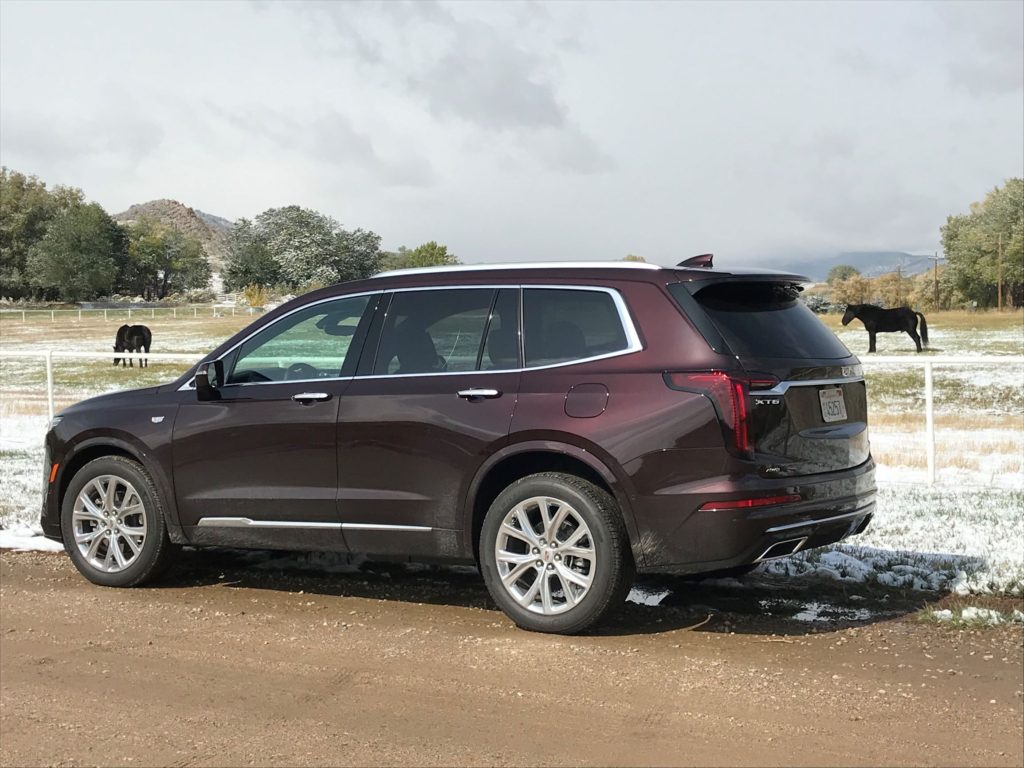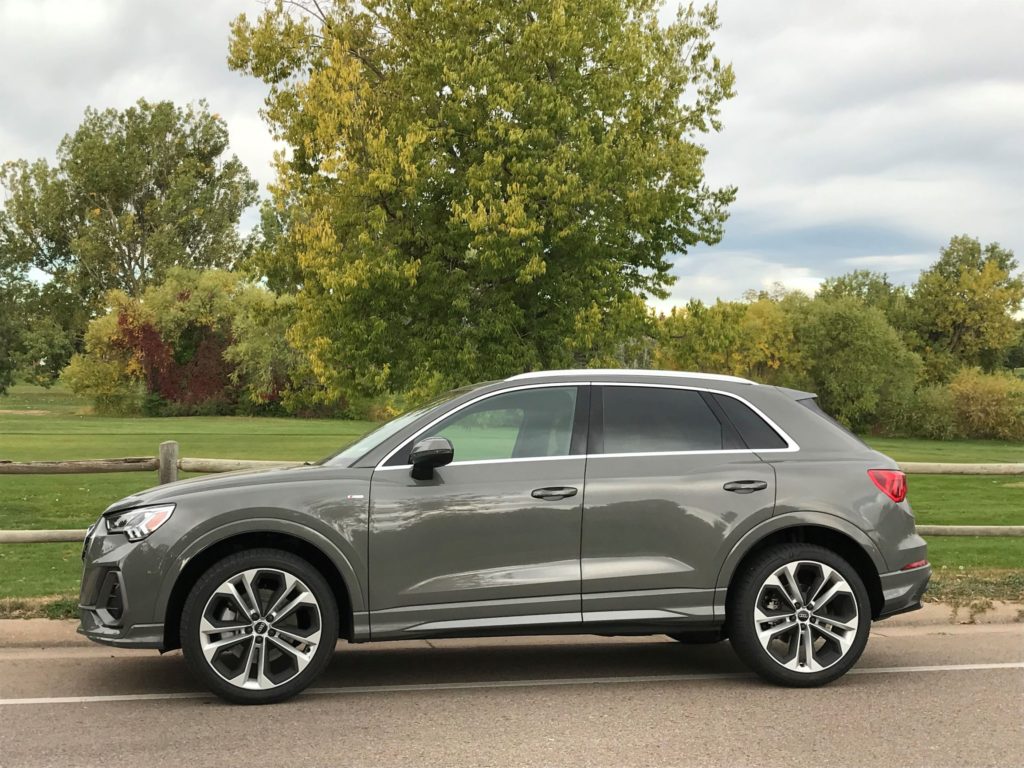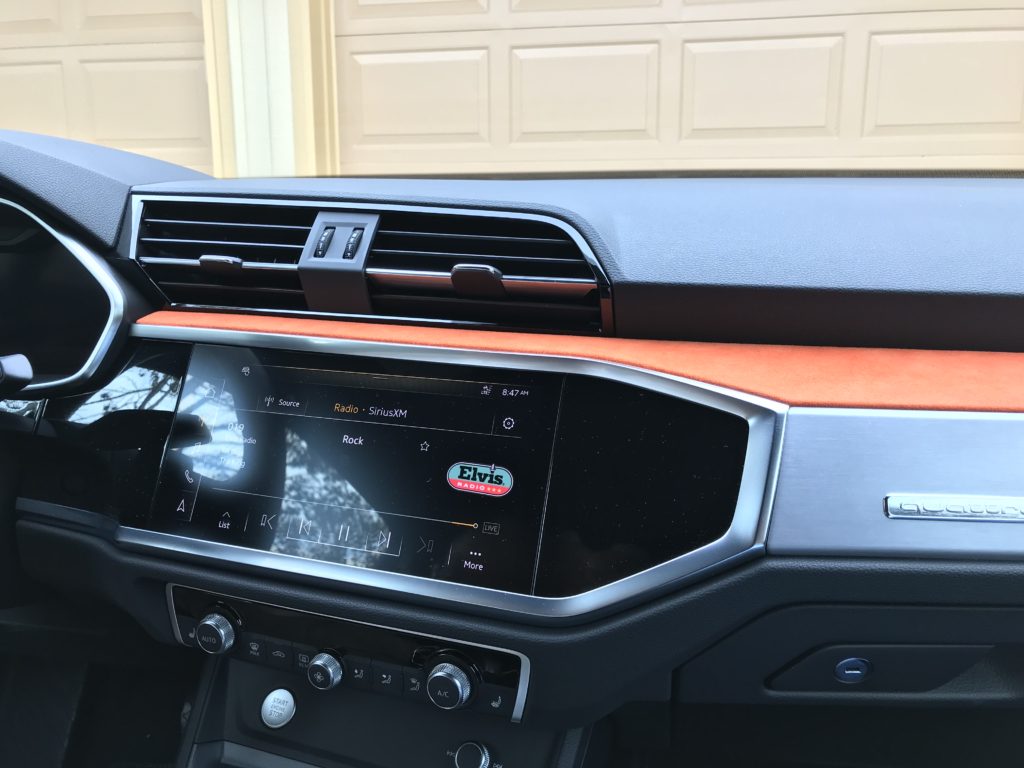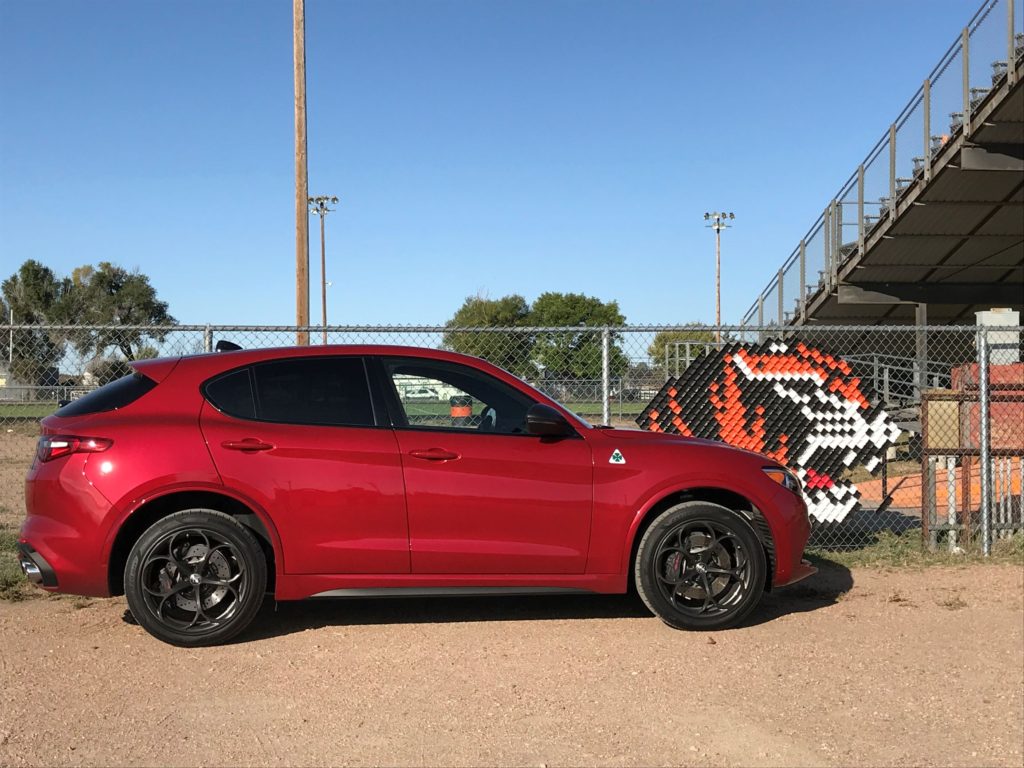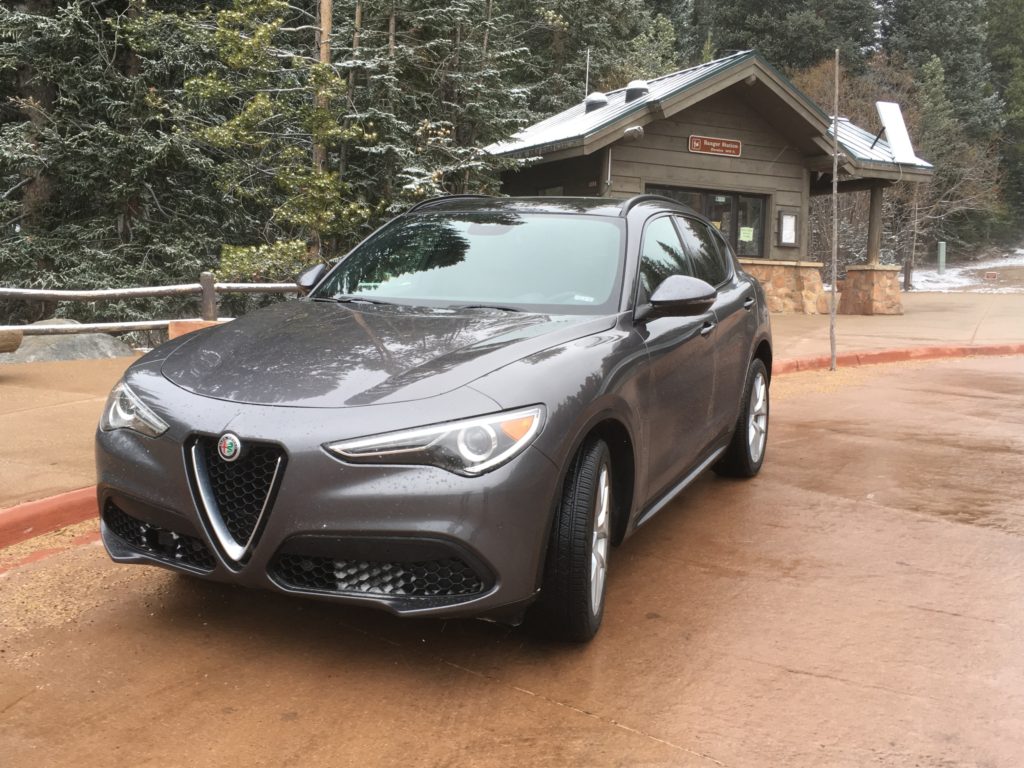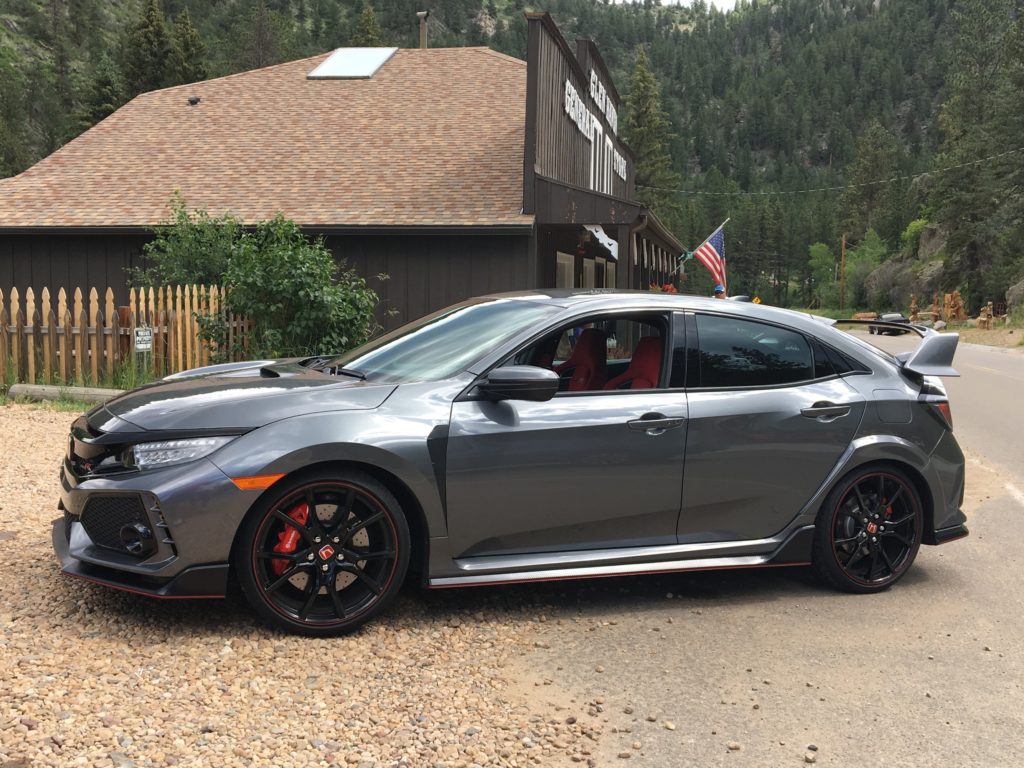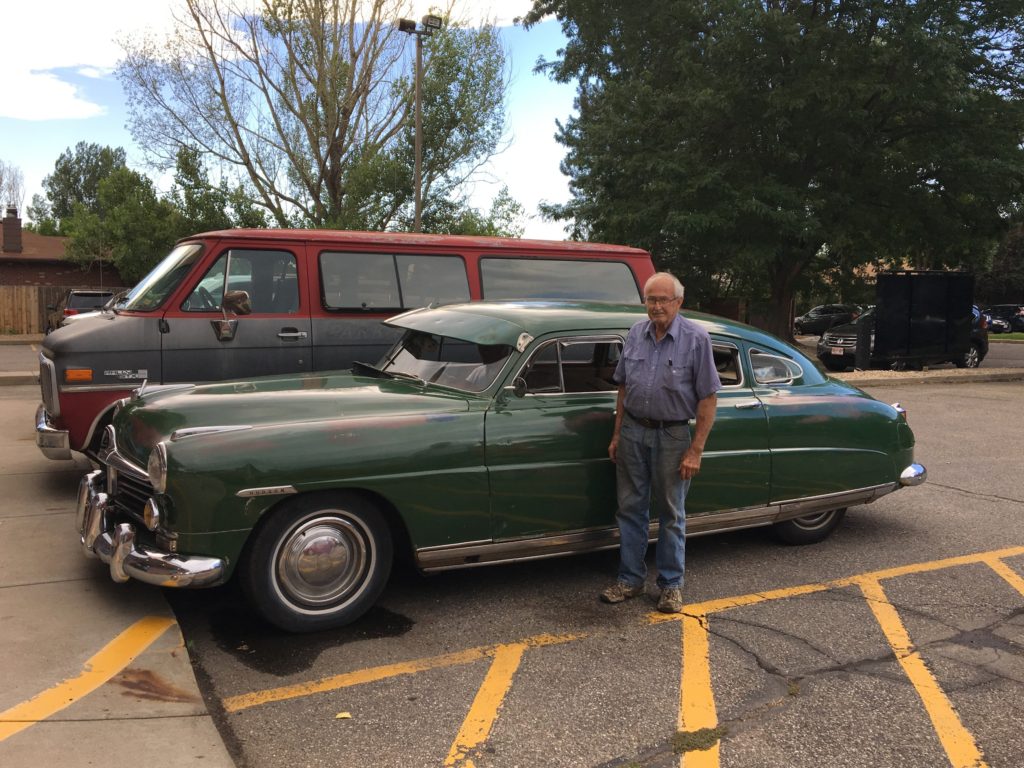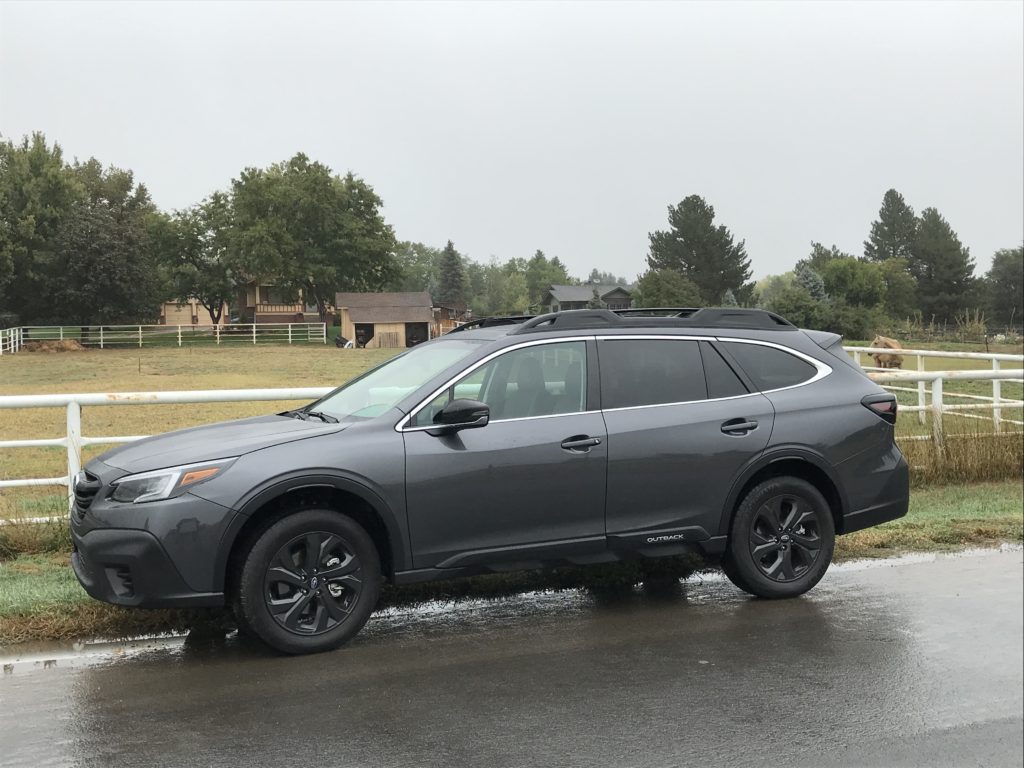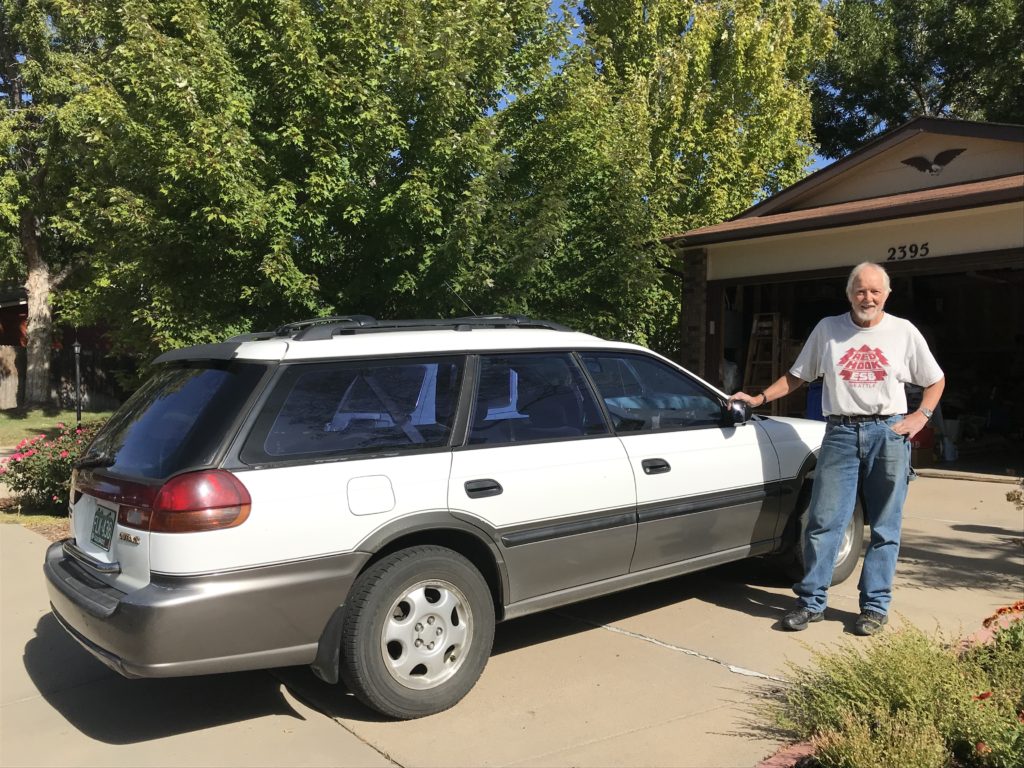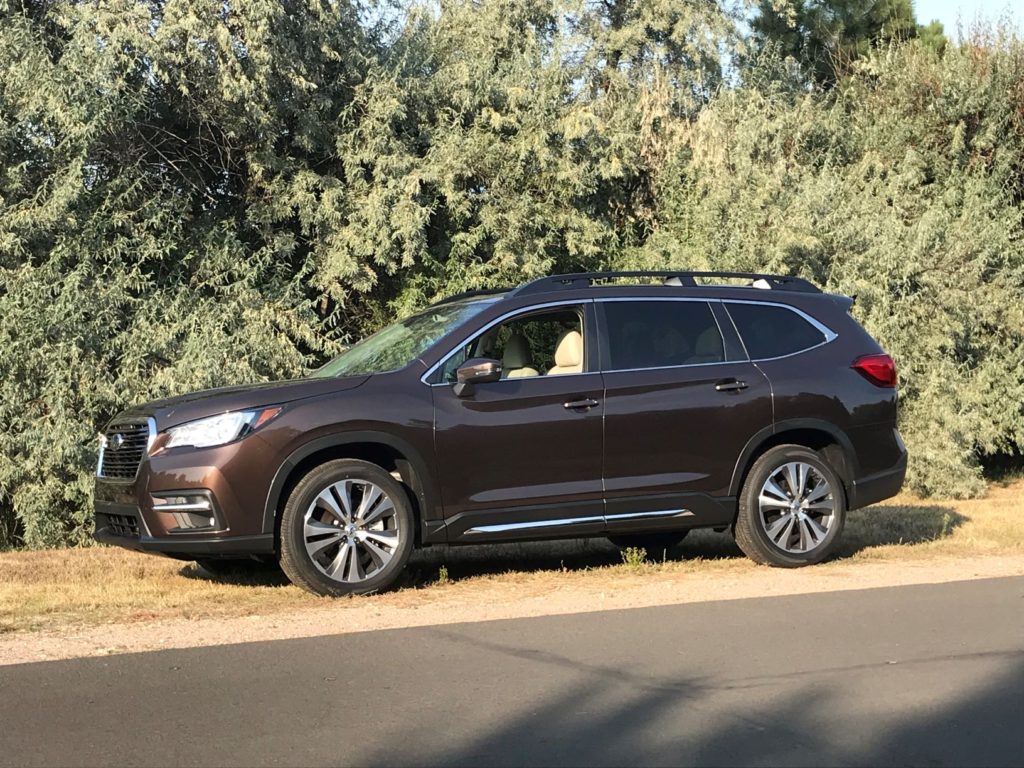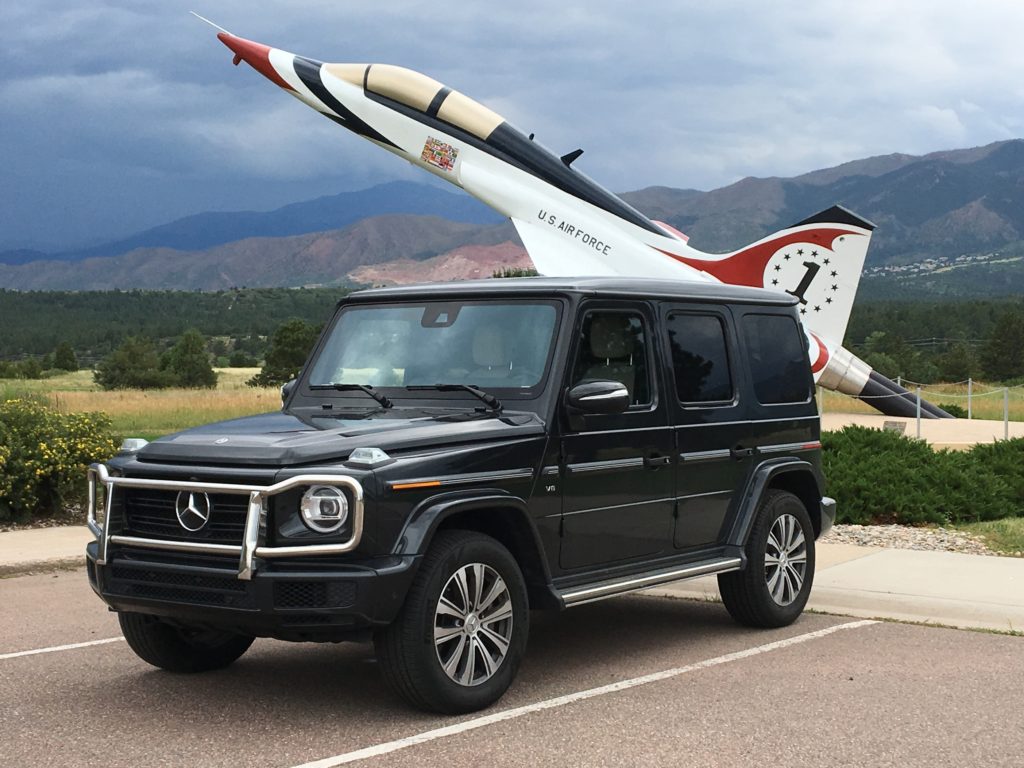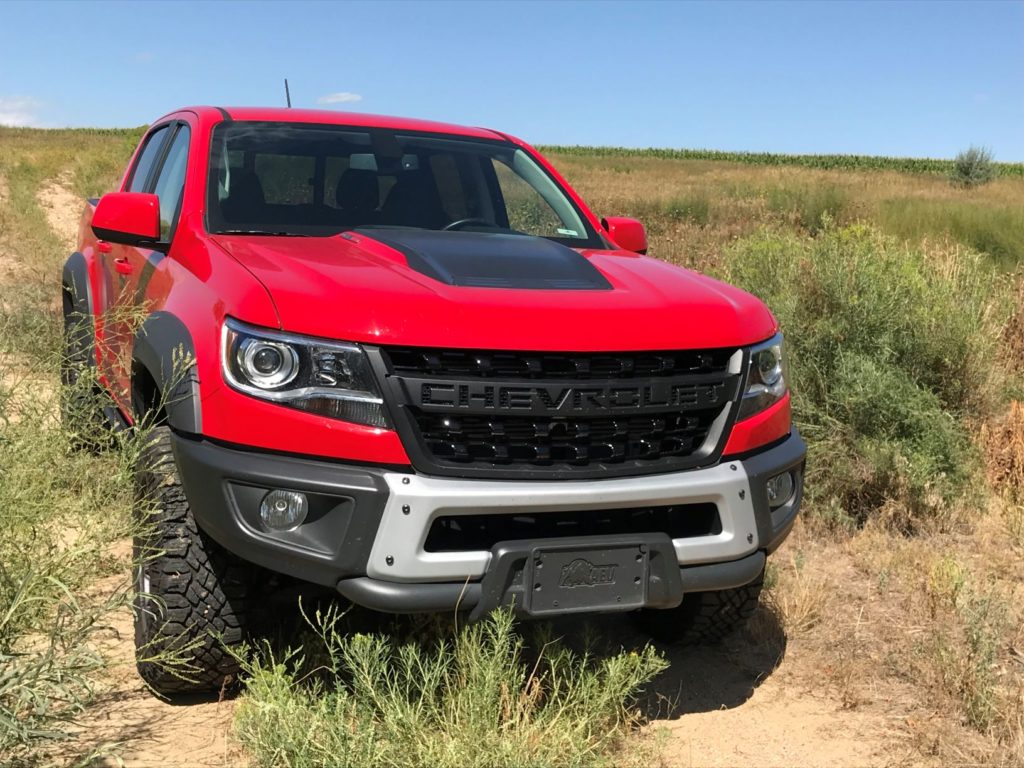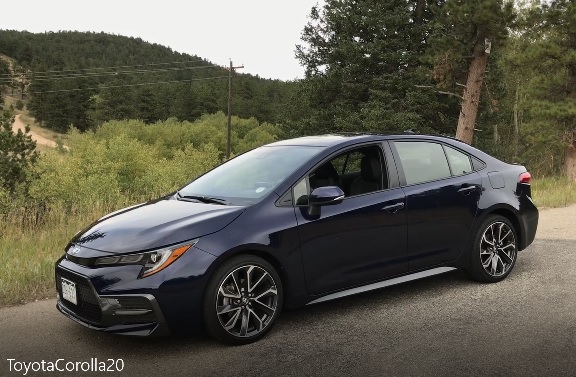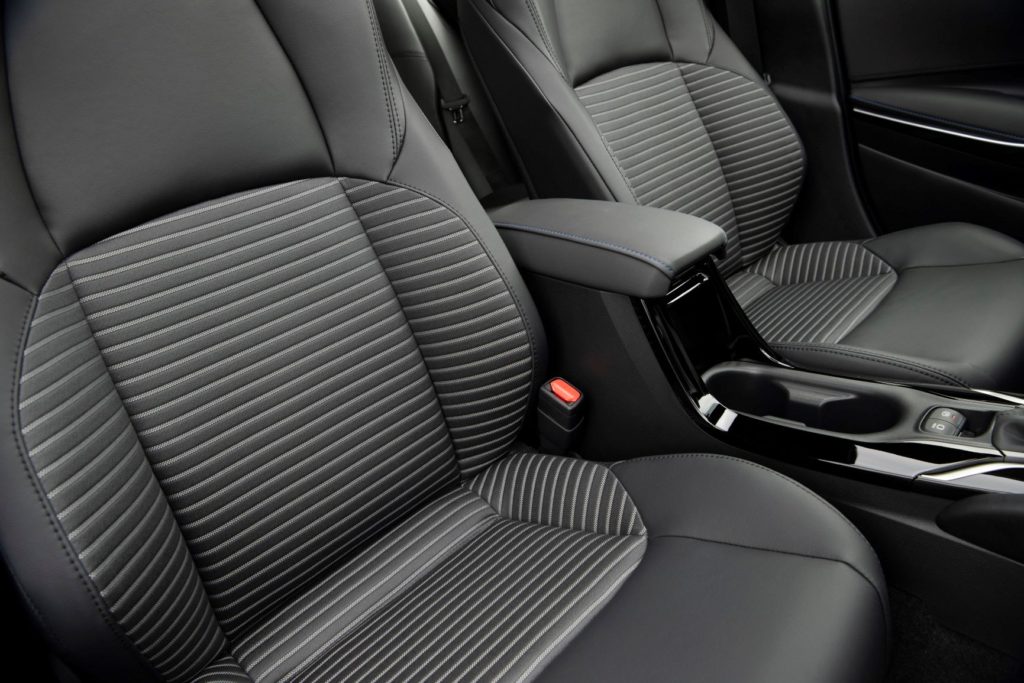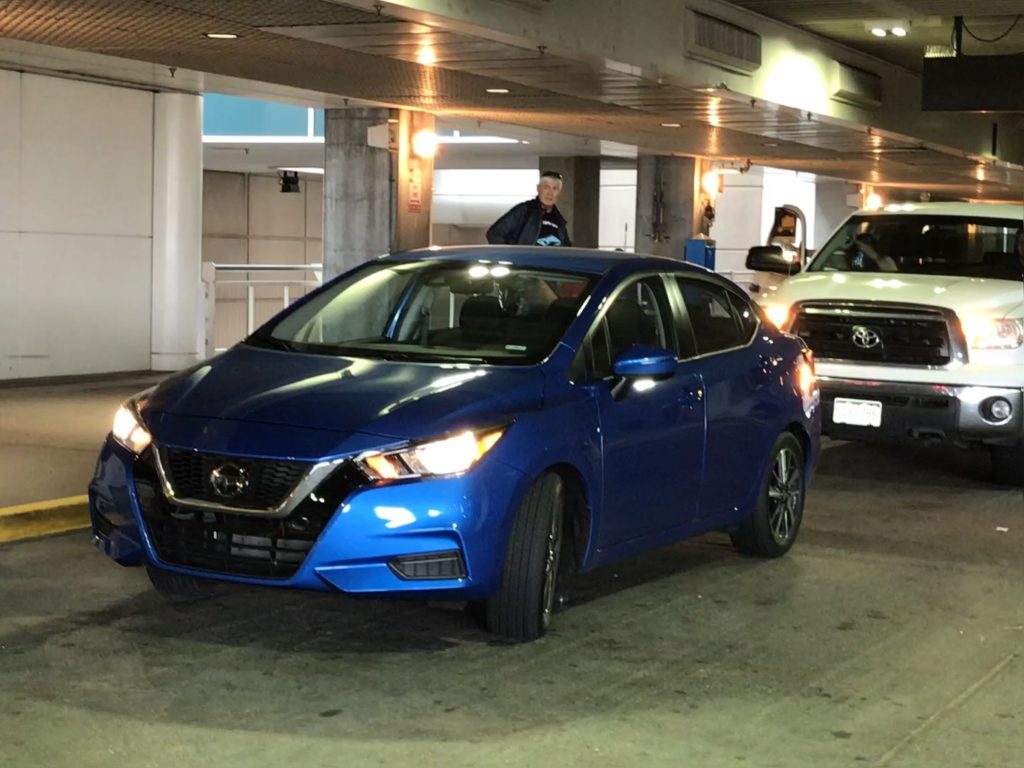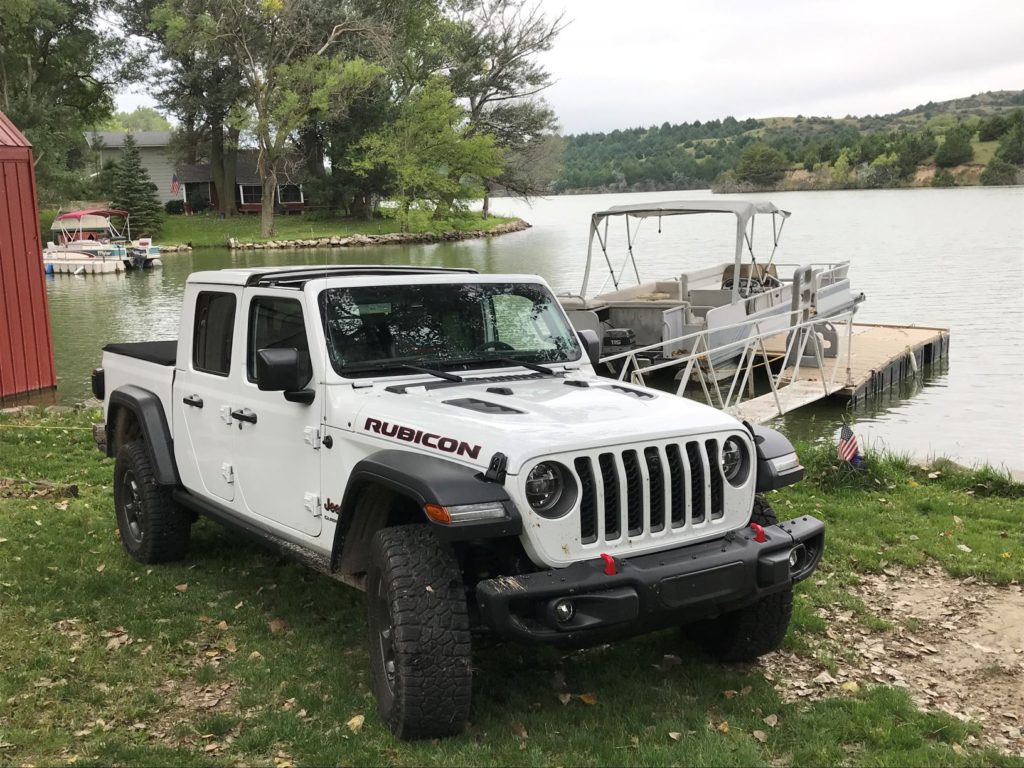
The new Jeep Gladiator, a four-door pickup, is among the toughest of offroad vehicles, and excels in comparison with Rangers, Tacomas and Frontiers, and possibly even the Chevy Colorado Bison.
It’s got coil springs all around, and as trucks and SUVs go, that moves it into the “good ride” category. Boulevard cruiser, though, it is not.
My first look at the Gladiator was in March at the 2019 Denver Auto Show, I drove one in May over the hills surrounding The Fort restaurant near Morrison, attended an unveiling of one at a dealership in July and spent a bit of time in one at the recent drive to Colorado Springs for members of the Rocky Mountain Automotive Press.
After the Gladiator Rubicon was delivered to my home on Friday of Labor Day weekend, Jan and I early Saturday headed it east toward Nebraska to join Kurt, Tammy and Ryan Wells at their lakehouse near Brady, Neb.
The drive there, a bit noisy from the Jeep’s Falken all-terrain tires, on U.S. 34 through Wray and McCook, Neb., covered 330 miles. The many homes surrounding Jeffrey lake are in hilly, tree-covered land with winding dirt roads and trails.
Lowering the rear seatback on the passenger side of the Jeep reveals a removable Bluetooth wireless speaker. After we lifted it from the Gladiator and carried it to a table on the deck of their home above the lake, Kurt and Ryan Wells within a couple minutes had made wireless connection between Kurt’s iPhone and the Bluetooth and we enjoyed music the rest of the evening. Upon being returned to its position in the cab, the speaker is recharged as the Gladiator is driven.
From Kurt’s property, I backed the Jeep down to the lake for a photo; easing the climb back up the steep gravel-and-rock-filled trail was the Gladiator’s forward-facing camera, which brought several obstacles into close view.
Our return home was a more direct route on I-80 and I-76 through Julesburg and Sterling, shortening to 270 miles. Fuel mileage averages were 20.1 enroute and 19.1 on the return.
The creation of the pickup was possible after stretching its wheelbase 19.4 inches beyond the four-door Wrangler, which made room for a 5-foot box at the back. The Gladiator frame is 31 inches longer; the truck is on a wheelbase of 137.3 inches, is 218 inches in overall length, 73.8 inches wide and 75 inches tall.
The Gladiator 4X4 receives strong performance from its 285-horsepower/260 lb.-ft. torque, 3.6-liter V-6 engine and 8-speed automatic transmission with manual-mode shifting. It has lockable front and rear axles and disconnecting front stabilizer bar. Tow capacity is a class-leading 7,650 pounds.
Among special Gladiator features are a fully removable rooftop and doors for convertible style and adjustable tiedowns in the 5-foot bed.
With a dozen optional packages, including forward-collision warning, adaptive cruise with stop, blind-spot and cross-path detection, and 8.4-inch display for premium audio/navigation, the Gladiator’s price jumped from $43,545 to $60,380.
The sturdy-looking Gladiator returns Jeep to the compact/midsize pickup wars after an absence of 27 years.
